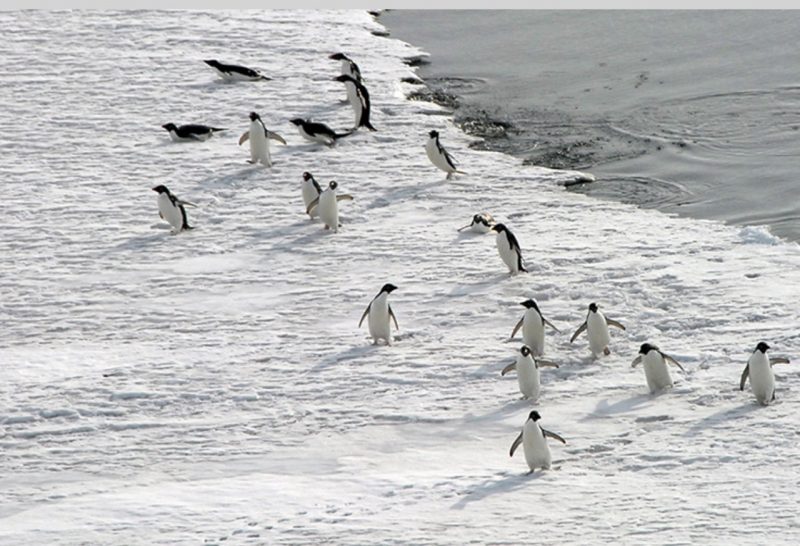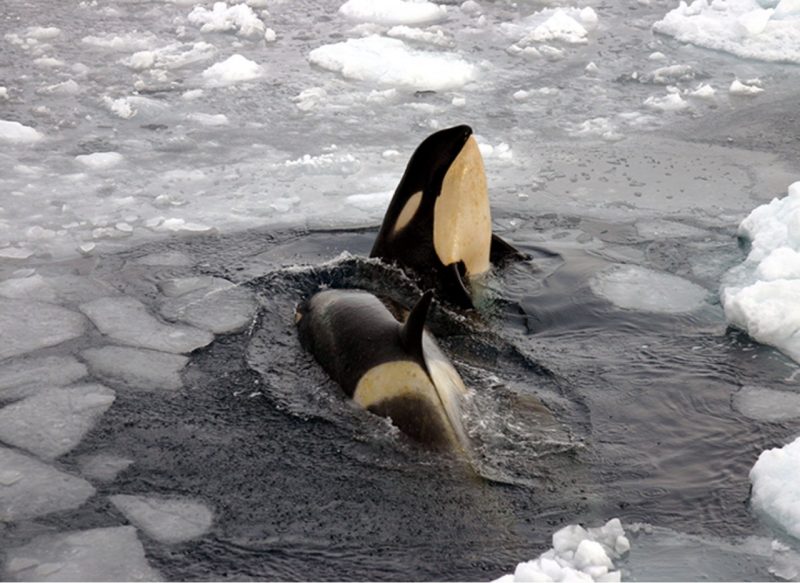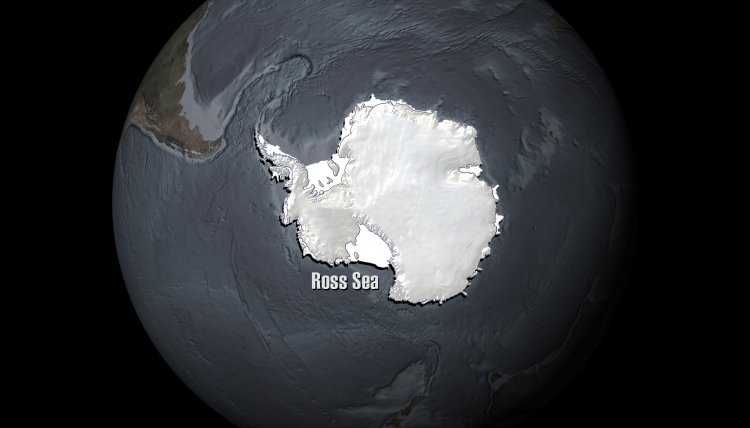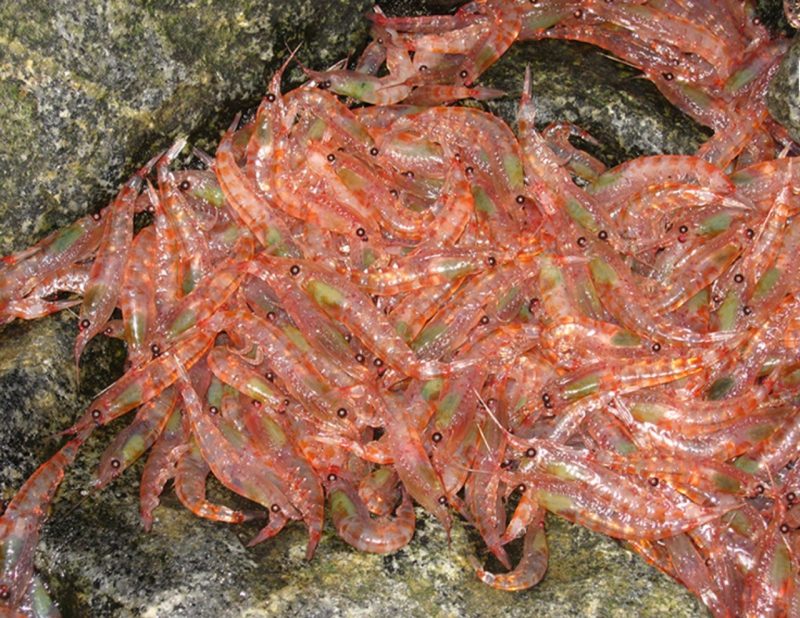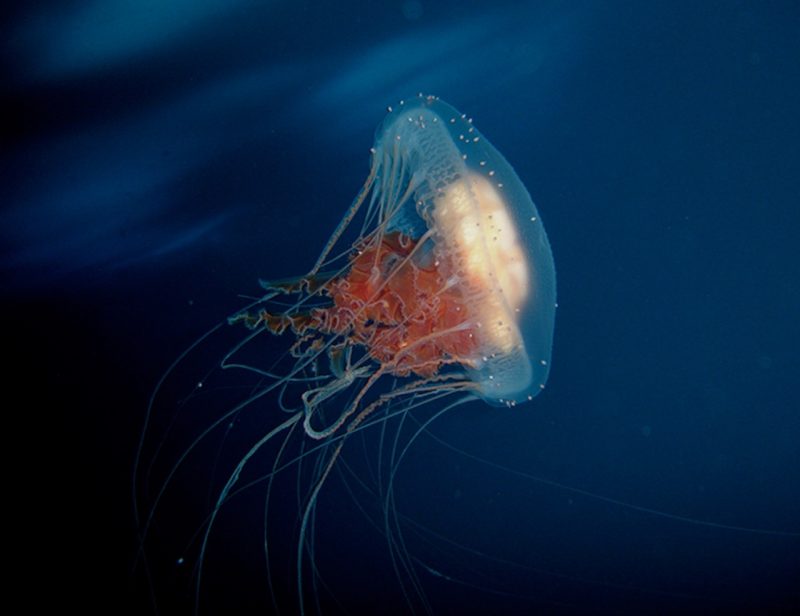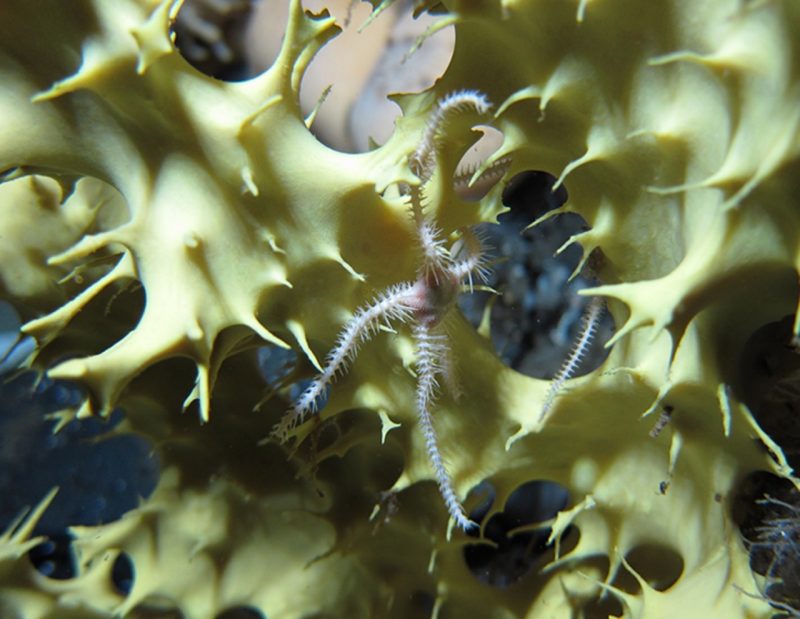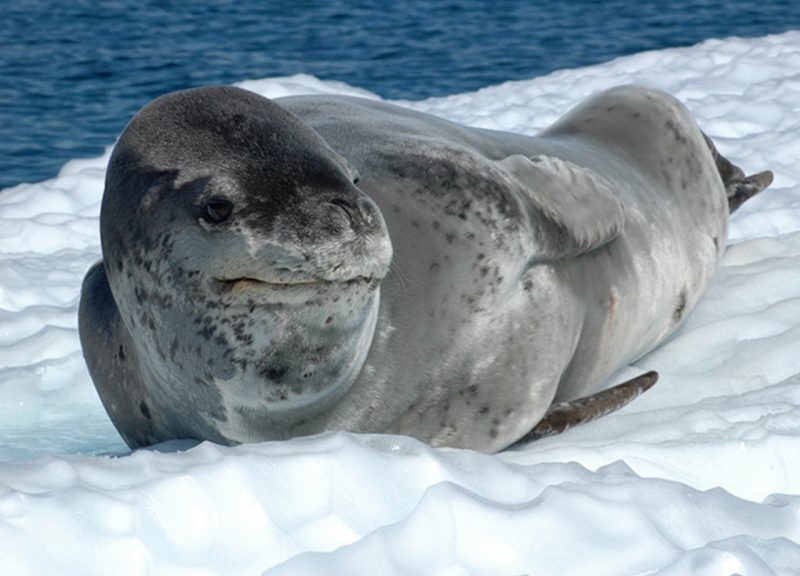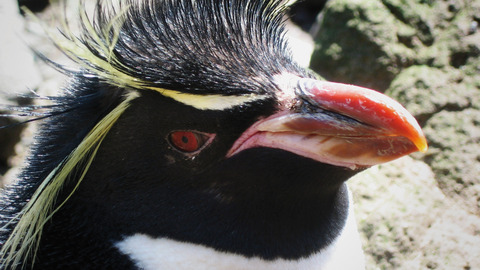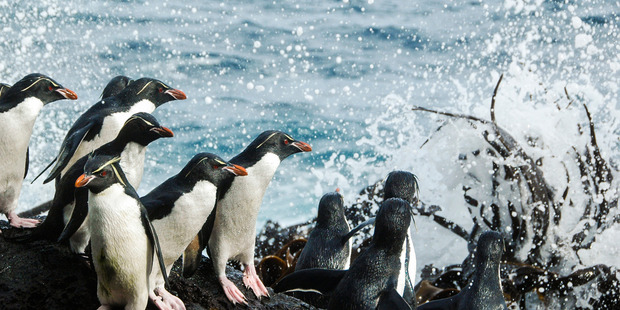September 23, 2016

A Magellanic penguin at Punta Tombo, sporting a metal tag used for identification purposes.
Dee Boersma
Biologists of all stripes attest to evolution, but have debated its details since Darwin’s day. Since changes arise and take hold slowly over many generations, it is daunting to track this process in real time for long-lived creatures.
“We know that evolution occurs — that species change,” said
Dee Boersma, a University of Washington professor of biology. “But to see this process in long-lived animals you have to look at generations of individuals, track how traits are inherited and detect selection at work.”

The scene at Punta Tombo in Dec. 2012.Dee Boersma
Boersma
studies one particularly intriguing long-lived species, the
Magellanic penguins of South America. She has spent 34 years gathering information about their lifespan, reproduction and behavior at
Punta Tombo,
a stretch of Argentine coast that serves as their largest breeding site.
Boersma and her colleagues combed through 28 years’ worth of penguin data to search for signs that natural selection — one of the main drivers of evolution — may be acting on certain penguin traits. As they report
in a paper published Sept. 21 in The Auk: Ornithological Advances, selection is indeed at work at Punta Tombo.
“This is the first decades-long study to measure selection in penguins, and only the second one for birds overall,” said lead author
Laura Koehn, a graduate student in the UW School of Aquatic and Fishery Sciences who worked with Boersma as an undergraduate.

Heads held high at Punta Tombo.Dee Boersma
Like all penguins, the Magellanic variety are natural swimmers, where they feed on the bounty of the oceans. But once a year they return to the Argentine and Chilean coasts to mate and molt. Their “serial monogamy” — fidelity to one partner per breeding season — as well as a nagging preference to breed in the same general location each year make it possible to track individual birds over time, Koehn said. Boersma began the project, which is ongoing, in 1982.
To keep track of individuals amid a colony that at its height held 500,000 birds, Boersma and her team attached unique metal bands to the flipper of each penguin they studied. Each breeding season, the scientists would search for tagged penguins that made it back to Punta Tombo, measure basic physical characteristics and tag new chicks to add to their tracking duties.
“We chose characteristics that might be important to the success of individual penguins, like body size and bill depth,” said Boersma. “And once we had generations of trackable data for individuals and their descendants, we could ask: do these traits change over time?”
Through natural selection, individuals with traits that allow them to adapt and thrive in their environment can pass their favorable traits to their offspring.

Adult Magellanic penguin and two chicks, begging for food. Dee Boersma
“Our question was simple: for these traits, do offspring resemble their parents?” said Koehn.
By measuring an entire population — like the Magellanic penguins at Punta Tombo — Boersma’s team could see if individuals with certain characteristics, for example a large body, were more successful at breeding over the years.
Koehn and co-authors searched for signs of selection across 28 years of Boersma’s data.
She could detect selection in seven of the 28 years for both males and females. Selection is likely acting on these traits every year, but the highly variable conditions at Punta Tombo mean that the “direction” of selection on each trait may fluctuate too much to see over just 28 years, said Boersma.
As the study continues, researchers may divine signatures of natural selection over additional years.
For the seven years the researchers could detect natural selection in males, there was a clear trend.
Larger males held an edge in lean years when resources are fewer. In females, they detected selection acting on traits such as foot size, bill depth and body size. But unlike males, they saw no clear trend on how selection was shaping the females of the species over time.

Magellanic penguins at Punta Tombo.Dee Boersma
“Those traits appear to be important for survival,” said Boersma. “But if environmental conditions change rapidly then selection also constantly changes, and it’s harder to see a clear trend over time.”
This is only the second time natural selection has been observed over 20 years or more for a bird species. Evolutionary biologists
Peter and Rosemary Grant spent more than 20 years cataloguing traits in seed-eating finches on the Galapagos island of Daphne Major. These are some of the same Galapagos finches that inspired a young Darwin to come up with his theory of evolution by natural selection in the 19
th century. The Grants detected signatures of natural selection at work on this island, correlating the changes with the influence of El Niño conditions.
“Now we’ve been able to track natural selection in a second bird species thanks to these decades of observations at Punta Tombo,” said Boersma.
Encouraged by her team’s findings with Magellanic penguins, Boersma intends to continue collecting data — tracking traits and survival for even more generations and repeating this analysis.
“This is only the beginning,” she concluded.
Co-authors include Jeffrey Hard with the Northwest Fisheries Science Center and Elaine Akst with Montgomery College.
The study is funded by the Wildlife Conservation Society, the Pew Fellows Program in Marine Conservation, the ExxonMobil Foundation, the Disney Worldwide Conservation Fund, the National Geographic Society, the Wadsworth Endowed Chair in Conservation Science at the University of Washington and Friends of the Penguins — as well as the Chase, Cunningham, CGMK, Offield, Peach, Thorne, Tortuga and Kellogg foundations.
###
For more information, contact Koehn at 206-616-2791 or
laura.koehn216@gmail.com. Boersma is currently abroad and unreachable.
source















